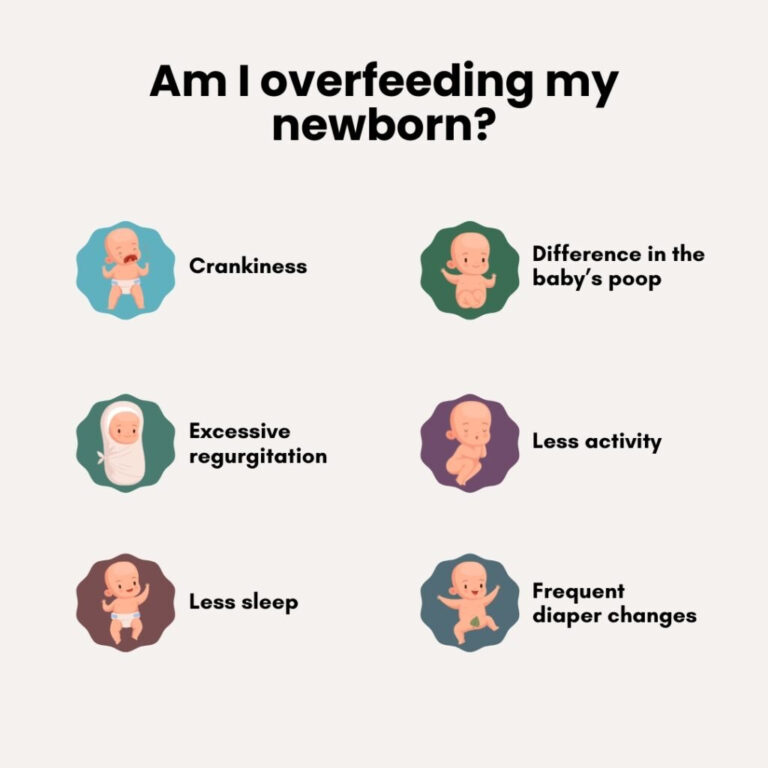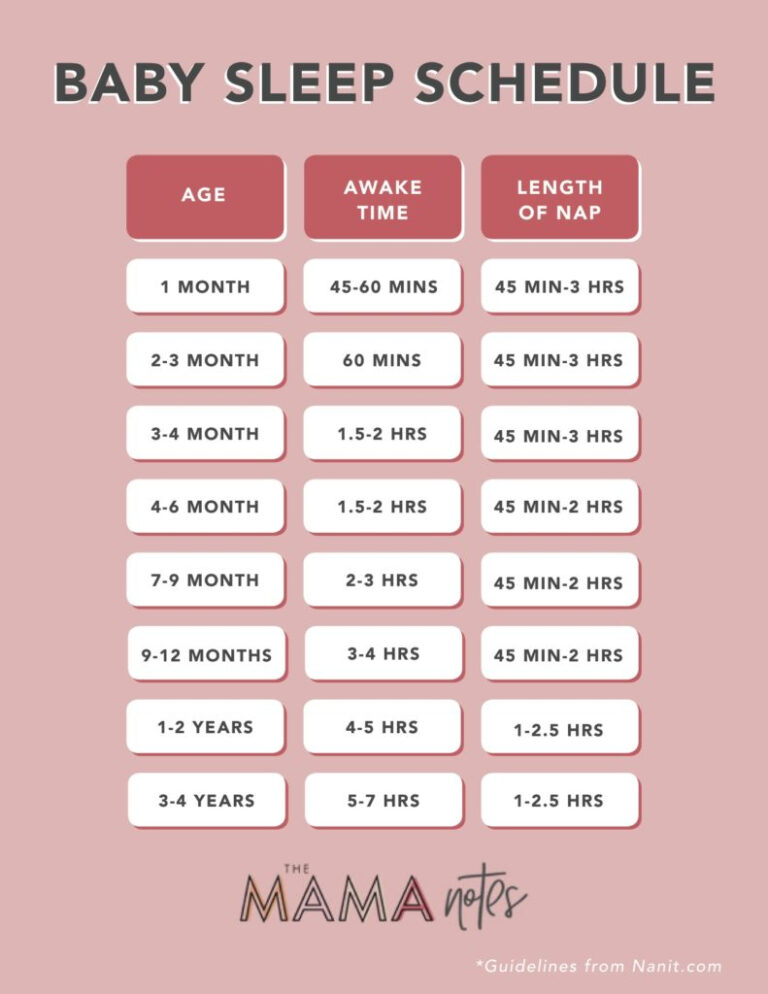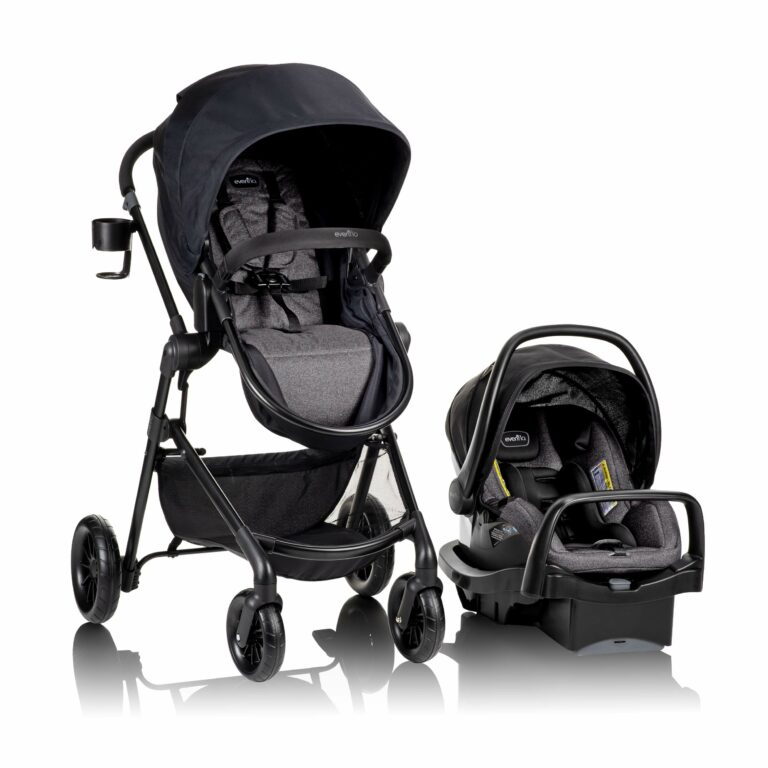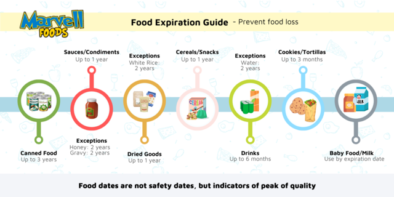Choosing the right baby carrier for your child: A Comprehensive Guide
Are you overwhelmed by the multitude of baby carriers available in the market? Choosing the right one for your child can be a daunting task, but fear not! In this guide, we will explore everything you need to know to make an informed decision.
From different types of carriers to factors to consider and tips on practicality and ease of use, we’ve got you covered. Let’s dive in and find the perfect baby carrier for you and your little one!
Researching Baby Carriers
When it comes to choosing the right baby carrier for your child, it’s important to research and understand the different types available in the market. Each type of carrier has its own unique features and benefits, so let’s break it down.
Soft-Structured Carriers
Soft-structured carriers, also known as SSCs, are popular for their ease of use and comfort. They typically have padded shoulder straps and waist belts for added support. These carriers are great for longer outings or activities where you need to have your hands free.
Wraps
Wraps are long, stretchy pieces of fabric that can be tied in various ways to create a secure and cozy hold for your baby. They offer a customizable fit and are perfect for newborns and smaller infants. Wraps are also versatile and can be adjusted to accommodate different carrying positions.
Slings
Slings are a simple and lightweight option for quick carries. They are easy to put on and take off, making them ideal for short trips or around the house. However, slings may not provide as much support for longer periods of wear compared to other carriers.
Meh Dais
Meh Dais are a hybrid carrier that combines features of wraps and SSCs. They have a panel of fabric with straps that can be tied around your body. Meh Dais offer a balance between comfort and adjustability, making them a great choice for parents who want versatility in their carrier.
Safety is paramount when it comes to choosing a baby carrier. Always ensure that the carrier you choose meets safety standards and has proper support for your baby’s developing spine and hips. It’s important to follow the manufacturer’s instructions for proper use and positioning to prevent any accidents or discomfort for your little one.
Factors to Consider
When choosing a baby carrier, there are several key factors that parents should consider to ensure the safety and comfort of their child.
Importance of Ergonomics
Ergonomics play a crucial role in the development of a baby’s hip and spine. It is essential to select a carrier that supports the baby’s natural position, with their knees higher than their bottom in an “M” shape. This helps in preventing hip dysplasia and ensures proper alignment of the spine.
Choosing the Right Size
Selecting the right size of the carrier is vital for both the parent and the baby. The carrier should be adjustable to accommodate different body types and sizes. It should provide adequate support for the baby’s head and neck while distributing their weight evenly across the parent’s body.
Testing Comfort and Fit
Before making a purchase, it is important to test the comfort and fit of the carrier. Ensure that the straps are padded and adjustable to prevent strain on the shoulders and back. The baby should be snug and secure in the carrier without feeling too confined or uncomfortable.
Baby’s Age and Development Stage

When it comes to choosing the right baby carrier, considering your baby’s age and developmental stage is crucial. Different carriers cater to different stages of a baby’s growth and comfort needs. Let’s dive into the recommended types of carriers for newborns, infants, and toddlers, along with insights on adjusting them as your baby grows.
Newborns
For newborns, it’s essential to choose a carrier that provides proper head and neck support. Opt for a soft-structured carrier or a wrap-style carrier that allows the baby to be carried in an upright position. Make sure the carrier keeps the baby close to your body to mimic the feeling of being in the womb.
Infants
As your baby transitions from a newborn to an infant, you can continue using a soft-structured carrier or a wrap-style carrier. However, you may want to adjust the position to allow the baby to have more leg movement and explore their surroundings. Look for carriers with adjustable settings to accommodate your growing baby.
Toddlers
For toddlers, consider using a structured carrier with additional support and padding for both the baby and the wearer. Backpack-style carriers are a popular choice for toddlers as they provide a secure and comfortable way to carry your growing child. Ensure that the carrier is properly adjusted to distribute the weight evenly and prevent strain on your back.
Adjusting the Carrier
As your baby grows, remember to regularly check and adjust the carrier to ensure a proper fit. Pay attention to the baby’s comfort level and make necessary modifications to the carrier settings. Always follow the manufacturer’s guidelines for adjusting the carrier based on your baby’s size and weight.
Safety Guidelines
– Always ensure that your baby’s airways are clear and unobstructed while in the carrier.
– Check the carrier’s weight limit and follow the recommended guidelines to prevent accidents.
– Monitor your baby’s temperature and avoid overheating by dressing them appropriately for the weather.
– Regularly inspect the carrier for any signs of wear and tear, and replace if necessary to maintain safety standards.
Practicality and Ease of Use

When it comes to selecting a baby carrier, practicality and ease of use are key factors to consider. A carrier that fits seamlessly into your daily routine and lifestyle can make a world of difference in terms of convenience and comfort for both you and your baby.
Choosing a Carrier for Your Lifestyle
- Consider the activities you regularly engage in – whether it’s hiking, running errands, or simply taking a walk in the park. Choose a carrier that aligns with your lifestyle and provides the necessary support and comfort for both you and your baby.
- Look for carriers that are easy to put on and take off, especially if you’re constantly on the go. Adjustable straps, buckles, and padding can make a significant difference in how quickly and comfortably you can wear the carrier.
- Opt for a carrier that offers multiple carrying positions to accommodate different activities and preferences. This versatility ensures that you can easily switch between positions based on your needs throughout the day.
Wearing and Adjusting the Carrier
- Before putting on the carrier, familiarize yourself with the instructions and practice adjusting it to ensure a proper fit. Proper positioning not only ensures your baby’s safety but also maximizes comfort for both of you.
- Make sure the carrier is snug and secure, with your baby’s weight evenly distributed to prevent any strain on your back or shoulders. Adjust the straps and buckles as needed to achieve the perfect fit.
- Regularly check the carrier’s fit as your baby grows to ensure that they are properly supported and comfortable. Adjust the settings accordingly to accommodate their changing size and weight.
Considering Caregiver’s Physical Abilities
- Take into account the caregiver’s physical abilities when choosing a carrier. If you have any physical limitations or health concerns, opt for a carrier that is easier to wear and adjust to minimize strain on your body.
- Choose a carrier that distributes the weight evenly and provides adequate support to prevent discomfort or injury. Consider options with padded straps and lumbar support to alleviate pressure on your back and hips.
- If you have any specific physical needs, consult with a healthcare provider or babywearing expert to find a carrier that suits your individual requirements and ensures a safe and comfortable experience for both you and your baby.
FAQ Section
Can I use a baby carrier for a newborn?
Yes, there are specific carriers designed for newborns that provide the necessary support and comfort for their delicate bodies. Just ensure to follow the manufacturer’s guidelines for age and weight limits.
How do I know if a baby carrier is ergonomically safe?
An ergonomically safe carrier will support your baby’s hips and spine in a natural position, promoting healthy development. Look for carriers that provide proper support and positioning for your little one.
Is it necessary to adjust the carrier as my baby grows?
Yes, it’s essential to adjust the carrier to accommodate your baby’s growth and changing needs. This ensures their comfort and safety while being carried.
What should I consider when choosing a carrier based on my lifestyle?
Consider factors like your daily activities, level of physical activity, and how often you’ll be using the carrier. Choose a carrier that fits seamlessly into your lifestyle for maximum convenience.





